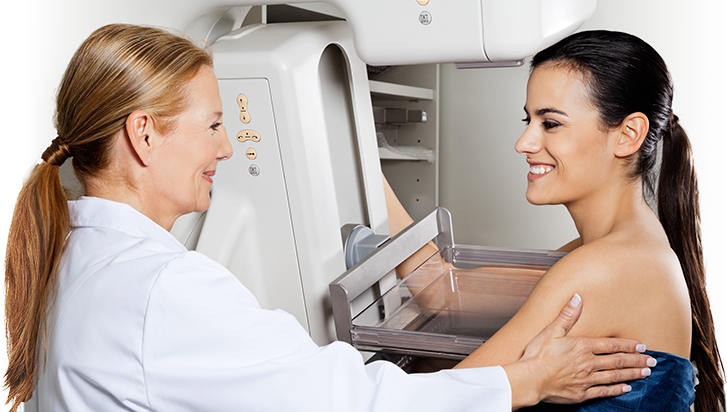Queretaro, Mexico, Jun. 26 (Notimex).- Students and teachers that participate in the Mechatronics postgraduate course at the State University of Querétaro (UAQ), San Juan del Río campus, have developed a new thermographic imaging system, which is able to detect breast cancer in a timely manner. A disease that is leading cause of death for women in Mexico.
Luis Alberto Morales Hernández, professor and researcher at the Engineering School, explained: “Although the thermographic camera is already an instrument used in the diagnosis of diseases, these new protocol and software for automatic image analysis are 100 percent made by UAQ”.
He noted that the mammography can detect cancer up to seven years after the start of the process of cell mutation, while with thermography this term is shortened to two years from the onset of the disease.
The thermographic method is able to detect the variation of temperatures in the breasts, which can be a sign of a cellular abnormality, even if no lumps have appeared or if there are no visible symptoms yet.
“Cancerous tumors and precancerous tissue have a higher temperature than normal tissue because they have different metabolic activity and open up existing blood vessels,” he said.
“The thermography allows us to obtain a numerical representation of the radiation emitted by the human body,” said Morales Hernández.
The method developed and patented by members of the UAQ community consists of a system and interface of automatic segmentation of the breasts, in addition to a protocol for the taking of thermographic images to achieve a standardization and increase the effectiveness of early diagnosis.
83.3 percent of deaths from breast cancer may be preventable if the condition is detected in time, but only 22 percent of Mexican women between 40 and 60 years old had a mastography in 2010.
Meanwhile, only 10 percent of indigenous women have had a mastography in their lives, said the university professor.
“The health sector in Mexico distributes more than 74 thousand pesos (4,350 USD), annually for each case of breast cancer that is in stage I and more than 199 thousand pesos (11,700 USD), when the patient is already in stage IV, which represents a problem of public health,” he explained.
The academic noted that the big advantage of thermography is that the study is done without physical contact, and it is 100 percent painless – in contrast to the mastography – where harmful radiation is applied to the patient and can be applied to young women.
Currently, this method of detection of a thermographic camera is applied in the ENSAIN clinic of the Faculty of Nursing, San Juan del Río campus, also in some events in coordination with Grupo Reto, in addition to the General Hospital of San Juan Del Río.
To date, studies have been applied to 454 volunteers, with more than three thousand thermographs.
The effectiveness of the method, which is also fully automatic thanks to university software, ascends to 80 percent. And it was already registered before the National Institute of Copyright, he said.
Source: http://www.notimex.gob.mx/

